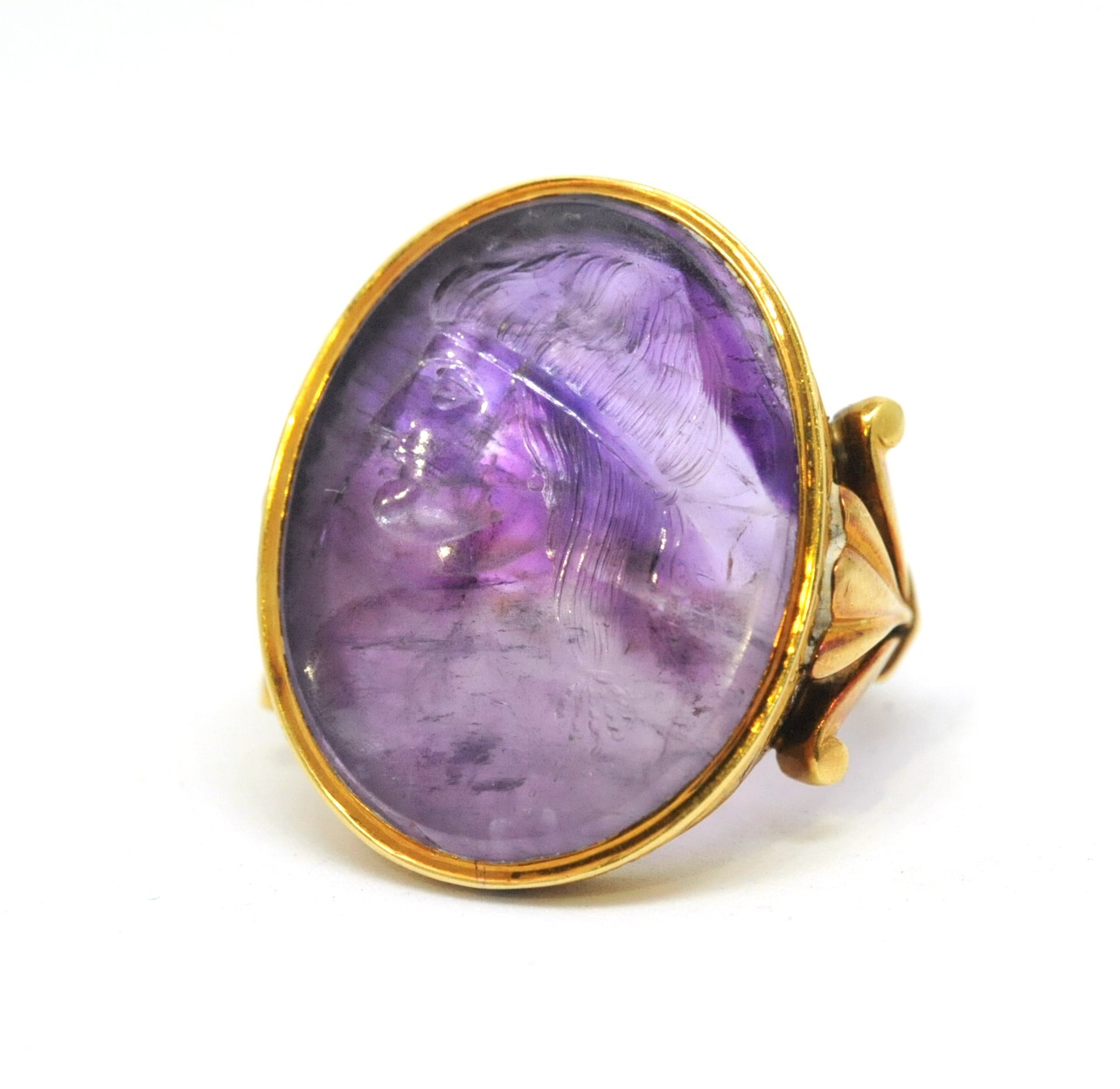Ancient gems
20 June 2024
ShareAncient carved intaglio gemstones are among the most captivating and significant remnants of our past, encapsulating the artistry and cultural nuances of ancient civilisations. Dr. Ittai Gradel, a distinguished Danish academic and antiquities dealer often referred to as the ‘Sherlock Holmes’ of the art world, will share his profound knowledge about these miniature masterpieces at the Treasure House Fair. His talk is scheduled for 11 am on June 27th at stand number 218, hosted by Greens of Cheltenham.
Dr. Gradel's reputation soared after he exposed the thief responsible for stealing thousands of artefacts from the British Museum's Greco-Roman department. This scandal not only highlighted significant security lapses but also reignited interest in ancient gems, which Dr. Gradel believes have been undervalued for centuries. “The British Museum scandal has actually given more focus on these gems than they have had in 200 years,” he says. “The gems had been fatally under-appreciated and unknown.”
His upcoming talk will spotlight several remarkable pieces, including a stunning 1st-century BC amethyst gold ring featuring Apollo with flowing hair and a 1st-century BC Roman sard intaglio of Silenus, the tutor of Dionysus, stooping before a nude boy pouring water to wash his feet. “Silenus was an older version of a satyr and one of the older followers of Dionysus frolicking in the forest,” Gradel explains. “He looks like a human except that he has pointed ears and a horse’s tail.”
Below: Apollo amethyst, 1st century B.C. Roman amethyst intaglio ring of Apollo depicted with long hair.

Another highlight is a Marlborough Gem, a small gold pendant carved in sardonyx depicting a crowned man with an earring. This gem boasts a remarkable provenance, having belonged to Thomas Arundel in the 16th century and passing through 13 owners, the last of whom was Hugh Sassoon.
From 5000 BC to modern times, gemstones have been cherished for their beauty and craftsmanship. In ancient Rome, these intricately carved gems were not just decorative but functional, often used as signet rings by businessmen and political leaders to sign documents with wax impressions. There were no written signatures then, making these gems essential tools of authentication and power.
Below: A Marlborough Gem, late 16th century sardonyx cameo of a man wearing a crown, cloak wearing earring.

The fascination with these gems peaked again during the 18th and 19th centuries, spurred by the Grand Tour and the burgeoning interest in classical art and literature. Today, despite the dominance of modern diamonds – “they just sparkle and are boring” in the view of Dr Gradel – there remains a dedicated niche of collectors who appreciate the historical and aesthetic value of ancient intaglio gemstones.
Dr. Gradel points out that these gems, while requiring some knowledge to fully appreciate, are accessible even to novice collectors. “Many of the ancient gemstones are very beautiful on an immediate level even if you don’t know anything about them. They are at the bottom end of the antiquities market where you can actually acquire them for relatively little money.” A top Roman intaglio ring can be obtained for as little as £1,000 to £2,000, he says, with world-class pieces available for around £3,000 – a fraction of their ancient value.
In mediaeval times, Roman motifs were often reinterpreted with Christian symbolism, showcasing the enduring influence of these ancient artworks. Despite their age, many gems survive intact, though often found in 18th and 19th century settings, which provides reassurance that they were not plundered from ancient tombs.
Dr. Gradel's talk promises to be an enlightening journey through the world of ancient carved gemstones, offering insights not only into their historical significance but also their continued relevance and allure in the modern world. As he laments the decline of archaeology and the scarcity of young scholars in the field, his efforts to highlight and preserve these miniature masterpieces become even more critical.

